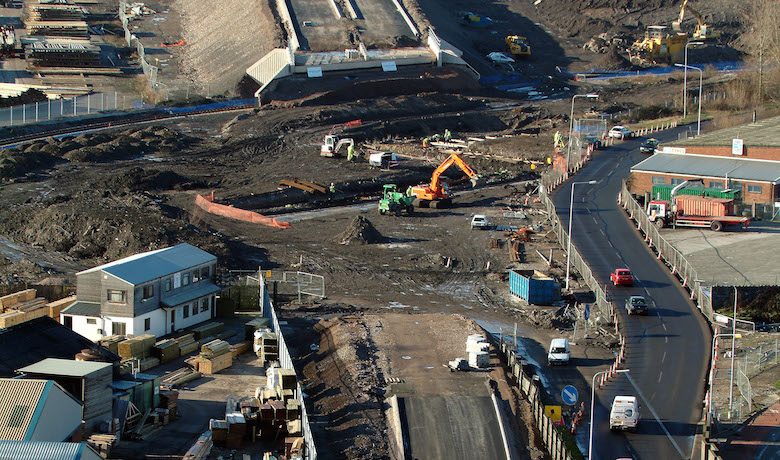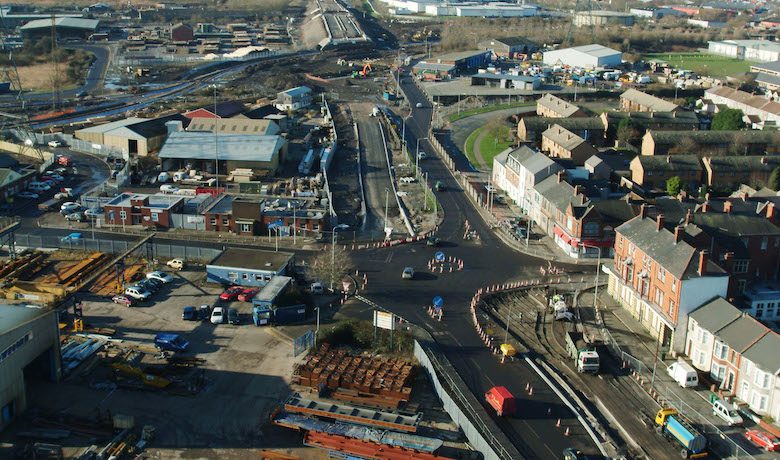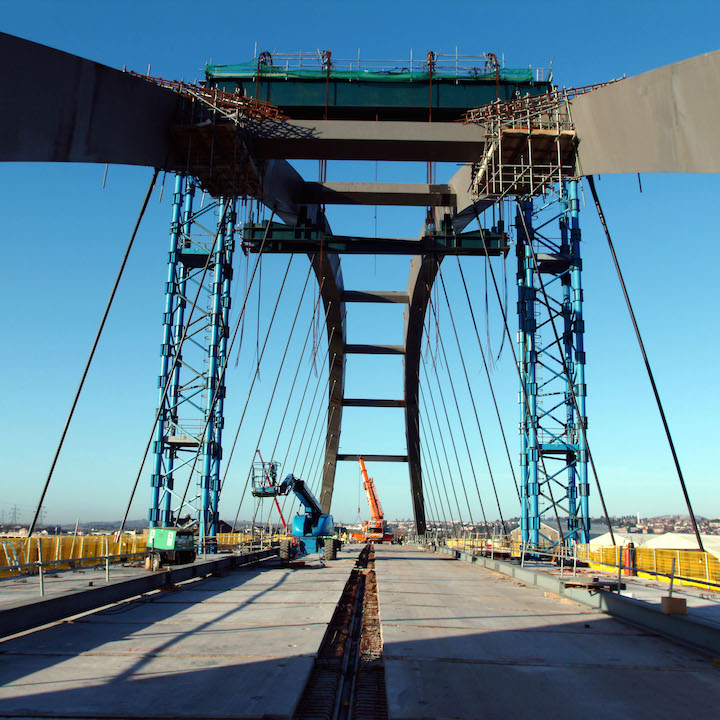Background
In 1902, French engineer Ferdinand Arnodin designed and built the Newport Transporter Bridge that bestrides the River Usk. This structure was completed in 1906 and is still in use today. It is one of the few transporter bridges in the world that has been maintained in good working order and continues to operate. More than a century after its inauguration, the Newport Southern Distributor Road Project was developed. The project called for the construction of a dual 2-lane carriageway to bypass Newport from the south, providing access to the city’s industrial and port areas. The project included a bridge spanning the River Usk, located a few hundred metres from the old bridge. The Newport City Council decided that the new bridge would be an elegant and elevated structure that reflected the city’s industrial past. For this reason, architect Ron Yee’s bowstring arch design project was selected.








